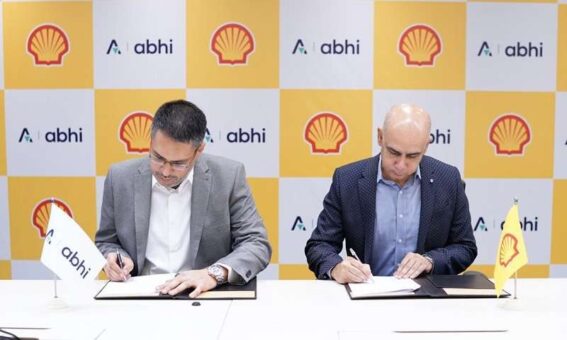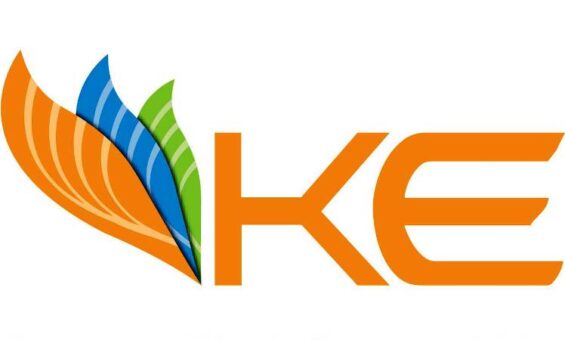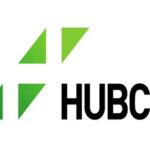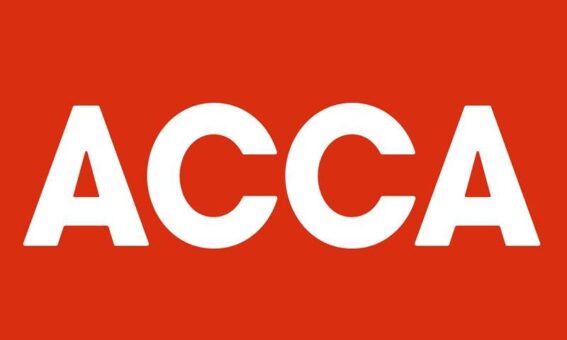Pakistan National Shipping Corporation (PNSC) has emphasized the need to introduce tax incentives to help shipping industry to grow.
In an analyst briefing a day earlier, the company emphasized the need to introduce tax incentive measures to flourish the shipping industry which will minimize outflow of valuable national foreign reserves.
According to Insight Research, PNSC held its analyst briefing to comment on its financial result of fiscal year 2021/2022 and to shed some light on company’s future outlook. Major highlights of the session are given below:
PNSC has posted topline of PKR28 billion in FY22, up by 117 per cent as compared to same period last year (SPLY). Whereas profit after tax (PAT) stood at PKR5.7 billion (EPS: PKR42.75) vs. PKR2.3 million (EPS: PKR17.14) in SPLY. Where in 1QFY23, company has posted PAT of PKR 5.3 billion (EPS: PKR40.80), up by 8.5x YoY.
Gross margins of the company increased to 29 per cent in FY22 from 22 per cent in FY21 due to higher crude oil freight rates. Similarly, net margins increased to 20 per cent in FY22 from 18 per cent in SPLY.
Company’s current deadweight tonnage capacity reached to 1.05 million tons which is highest ever in its inventory. To highlight, company has recently added 2 vessels (Aframax tankers) in August 2022 with a combined capacity of 0.21 million.
Company’s current fleet strength comprise of 13 vessels, out of which 8 are oil tankers and 5 are bulk carriers.
Company is considering different options i.e by selling in scrap or dry docking or using as a storage terminal to dispose their 3 old vessels.
As per management, average life of the ship is 20 years based on cost effectiveness. However, using a ship higher than this age will normally increase the maintenance cost for the company.
Global oil freight charges are on the rising trend due to EU sanctions against Russian crude and refined oil product imports which will likely result in increased profitability for the company in coming quarter.
Company is further planning to add Afra max tanker, IMO type-II tanker and Ultra max bulk carrier in their fleet and estimated cost for adding these vessels are $150 million on current levels.
While commentating on company’s plan to diversify its operations, company is planning to enter new markets including Edible oil transportation which is currently being imported on CFR basis.








